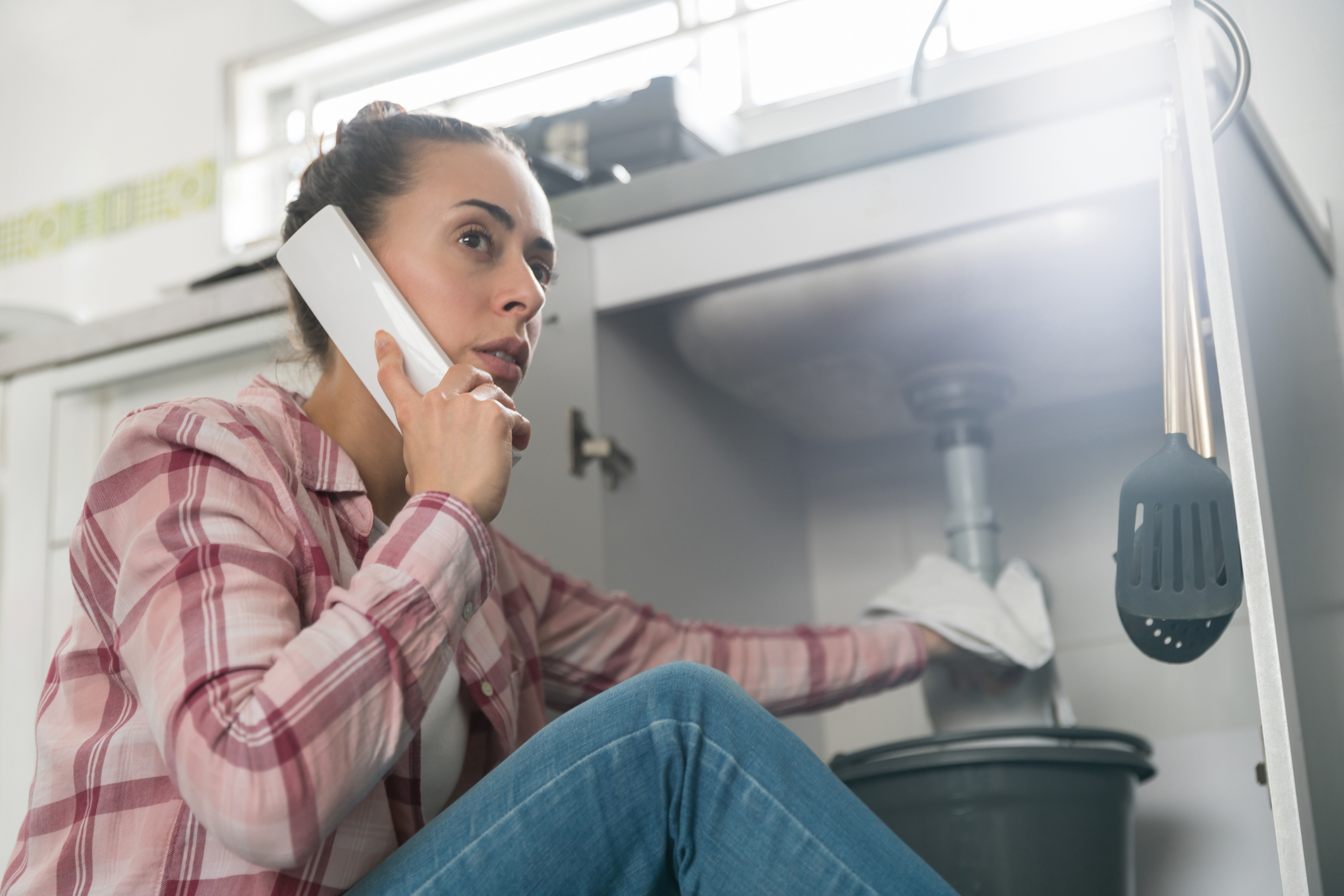Rainy-Day Fund vs. Emergency Fund
Both a rainy-day fund and an emergency fund can be great ways to prepare financially for unexpected future events. With the majority of Americans living paycheck to paycheck, it’s important to be able to have money for things like losing your job or paying to fix your air conditioning when it breaks.
While both a rainy-day fund and an emergency fund are used to pay for unexpected expenses, they do have some differences that are important to understand. These differences could lead to you needing both to fully protect your future self from a bad financial outcome.
What is a Rainy-Day Fund?
A rainy-day fund is money you set aside to pay for unexpected expenses. It typically covers lower-cost items like an unexpected doctor’s visit or fixing a broken appliance. It can be a great way to give yourself peace of mind and avoid unnecessary debt. A rainy-day fund typically has no more than a few thousand dollars at any given time because it can be used monthly as a safety net for your monthly budget.
When to Save a Rainy-Day Fund
Rainy day funds are for people who live paycheck to paycheck and can’t afford much wiggle room to pay for small things they did not expect. Some things to use a rainy-day fund include a doctor’s visit, a broken appliance, or fixing your vehicle. These expenses could throw your weekly or monthly budget off course but can typically be paid for with a little sacrifice.
A rainy-day fund prevents your budget from going into a tailspin. Many people use a credit card when these minor unexpected expenses occur; this is why consumer spending continues to climb. Paying interest for several months for a doctor’s visit or fixing your washing machine is not an ideal financial choice. You spend more than you would have initially, and you get stuck with another monthly expense to account for. If something unexpected happens, you’re in that much worse financial position than you were the first time.
Everyone should have a rainy-day fund and use it for things that come up that you haven’t budgeted. Saving even a few dollars per week can make a big difference when you realize it’s imperative to spend extra money on a need you hadn’t previously expected.
What is an Emergency Fund?
An emergency fund is just as it sounds. It’s money saved to pay for unexpected emergencies that are typically large expenses. An emergency fund is used when a significant life event could have a negative financial impact, such as losing your job or coming down with a severe illness. The emergency fund can help pay your medical bills or allow you to fund your life while you get back onto your feet.
When to Save an Emergency Fund
An emergency fund is also a good idea for everyone to utilize. It’s a financial tool that can give you a safety net for significant life changes you weren’t expecting, so no one can predict when they’ll need to dip into those savings. It’s recommended that consumers work to build an emergency fund in their budget unless they can survive for six months without their income.
If you have enough money in the bank to pay for 6-12 months of your living expenses, then you may not need an emergency fund, but setting aside that amount of cash may still be a good idea. You can earn more on your money by investing the cash or putting it into a high-yield savings account and not touching it until it’s needed.
How Much to Save in a Rainy-Day Fund vs. Emergency Fund
One of the most significant differences between a rainy-day fund and an emergency fund is the amount of money you save. Since both are for different unexpected expenses, you’ll save quite different amounts, with an emergency fund typically containing more dollars. The amount of money you need to save will depend heavily on your situation, but there are guidelines for percentages of your income that you can use to help guide your efforts.
The amount you save for a rainy-day fund will depend on potential expenses. It’s a good idea to save at least as much as you would need if your most expensive appliance was broken and had to be replaced. You may consider other factors such as kids that may need braces in the coming years or if you live in an area prone to bad weather like large storms or potential flooding.
You should save as much as you feel comfortable each month, but generally, you can save 3% of your monthly income into your rainy-day fund. So, if you make $5,000 per month, you would put $150 away into this fund until you feel comfortable with the amount of money you have saved.
For an emergency fund, you’ll want to save enough so that you have six months of your total living expenses, or more, saved. For example, if your monthly living expenses are $4,000, you’ll want to keep saving for your emergency fund until you’ve saved $24,000 or more.
Where to Keep Your Rainy-Day Fund
Your rainy-day fund can be kept in a number of different assets as long as you have easy access to withdraw money when you need to. Some people may find it best to keep their funds in a separate checking account because they dip into it frequently, while others may utilize the extra earnings of a high-yield savings account. The most important thing is to ensure that your money is protected in an NCUA insured account so that you know it is safe.
Bottom Line
The last thing your finances need is for you to be caught off guard and unable to pay for an emergency or fix one of your needed appliances. A rainy-day fund and an emergency fund can be terrific financial tools to help bridge the gap and help you pay for unexpected expenses. While saving for the future isn’t the most enjoyable way to spend your hard-earned money, you’ll be glad that your finances are prepared for it when something unfortunate happens.







